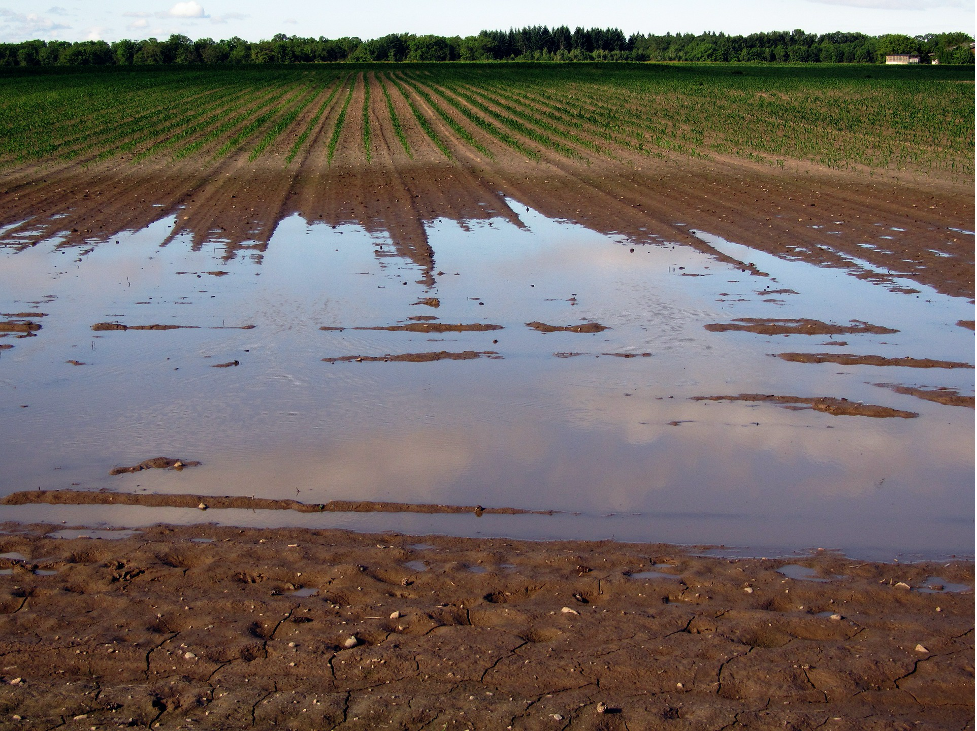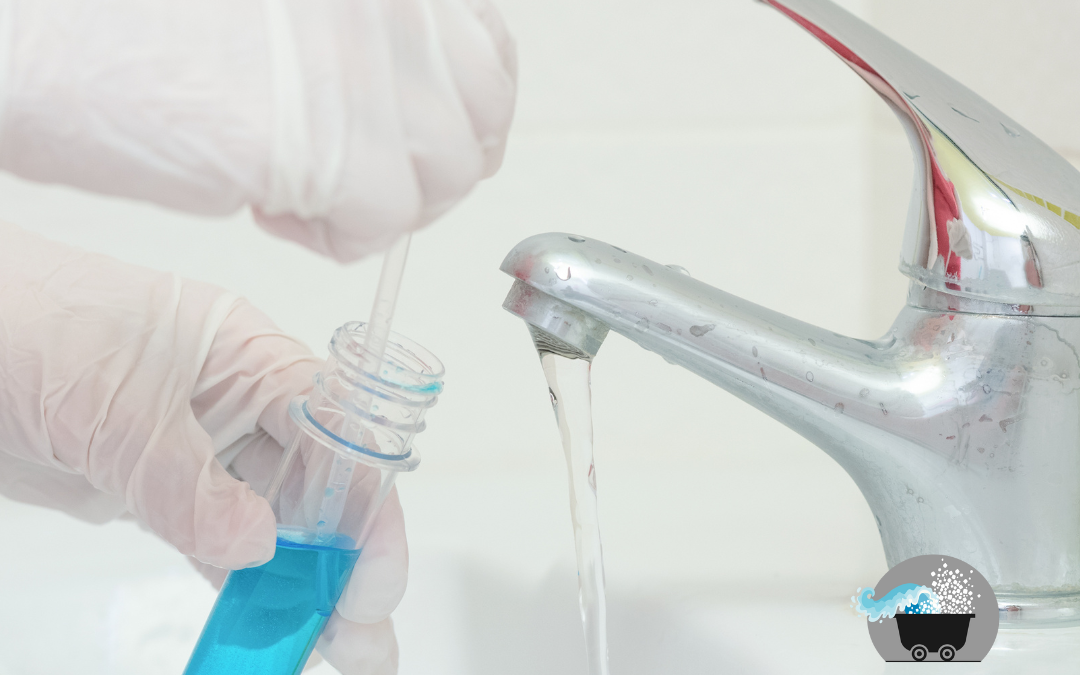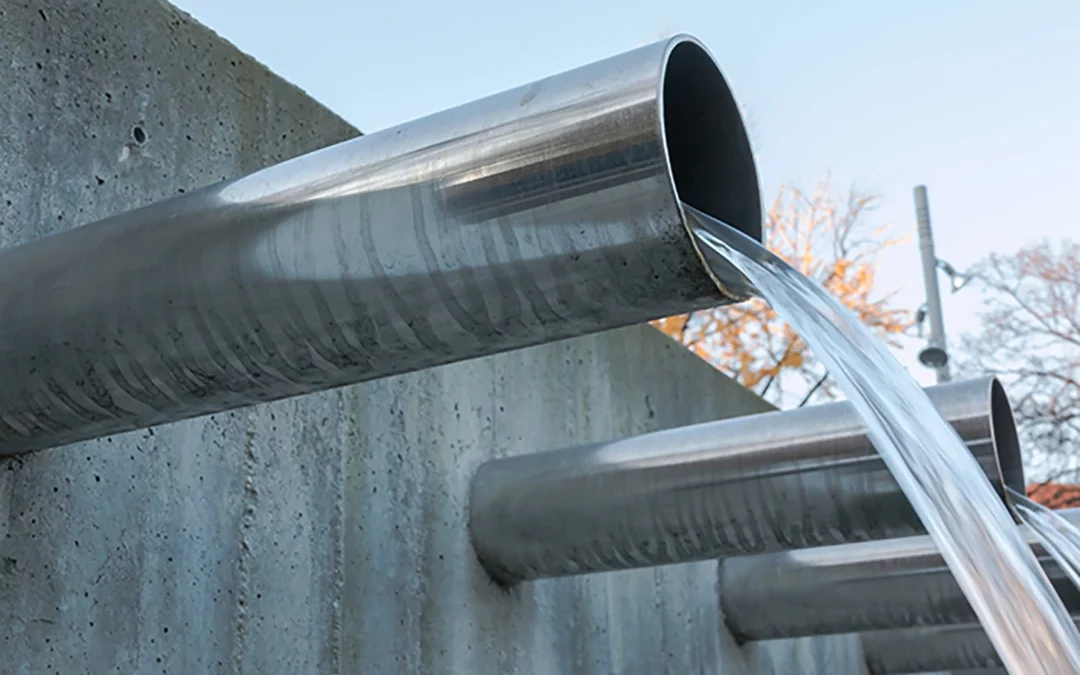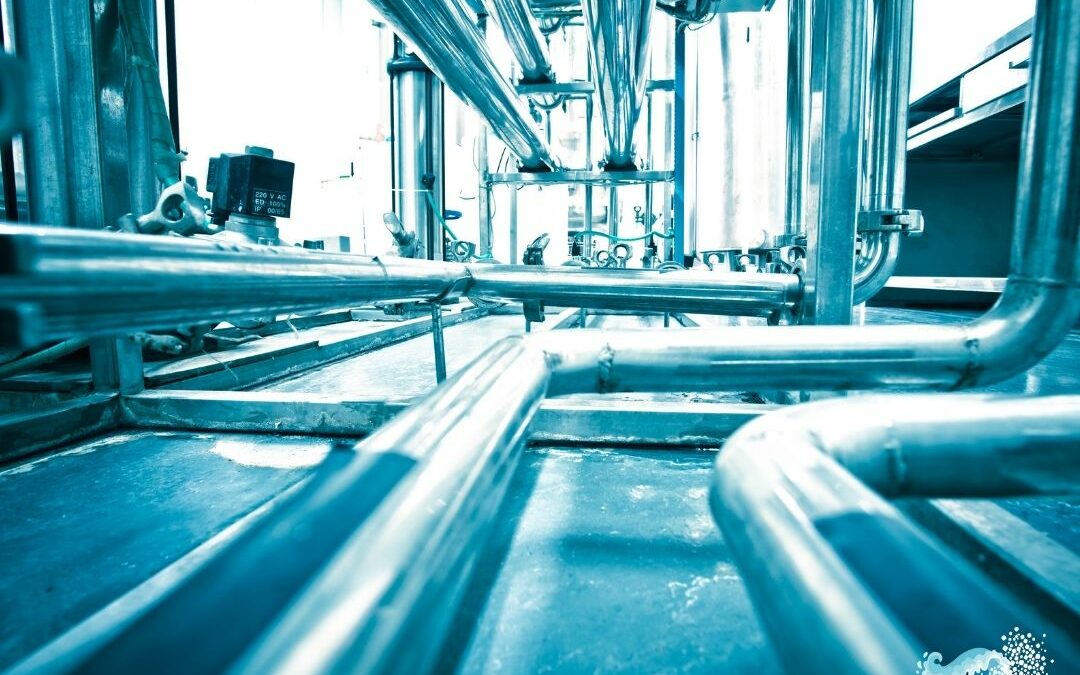Have you ever thought about where your water comes from and what goes into it? It’s so easy to turn on the tap and see water flow, but we often forget how it gets there.
Since the majority of the U.S. population relies on groundwater for everyday water use, it doesn’t hurt to educate yourself a little on where it comes from and what it contains. And, it’s wise to know about groundwater contamination so we can all do our part to prevent it and preserve our water supply.
What is groundwater and where does it come from?
If you couldn’t already tell by what it sounds like, groundwater comes from water that has made its way from the surface down into underground pockets or spaces. If water doesn’t evaporate at the surface, it eventually trickles down through soil, rocks, and more soil, getting filtered along the way.
Sometimes, groundwater stays underground for a long time and remains untouched. Other times, it continues to flow until it reaches rivers, streams, or oceans. Frequently, however, it is tapped into by humans and used for things like domestic water supplies, farming operations, or irrigation.
Potential Sources of Groundwater Contamination
Since it flows from the surface downward, groundwater can easily become polluted. Understanding some common causes for groundwater contamination is the first step in making sure we do what we can to prevent the problem. Although there are many more than these, here are 5 potential sources of groundwater contamination:
- Agricultural products – Farmers often spread manure on fields or use chemicals such as herbicides or pesticides to further their agricultural efforts. While these may provide some short term benefits, they can lead to groundwater contamination over time and even negatively affect crop growth, humans, and animals.
- Hazardous waste disposal – Fortunately, there are many governmental regulations regarding the disposal of hazardous waste materials. That doesn’t mean that everyone follows them, however. When they don’t, hazardous materials can poison or otherwise pollute groundwater and pose a serious safety threat to plants, animals, and humans.
- ‘Forever’ chemicals – Perhaps you’ve heard of per- and poly-fluroalkyl substances, otherwise known as PFAS. They’ve been nicknamed ‘forever’ chemicals because they don’t quickly break down in the environment. They’re also water soluble. They can be found in many groundwater sources near sites that use these chemicals for everything from fire-suppressing foam to consumer products like non-stick pans and some cleaning products.
- Landfills – As humans, we have a lot of garbage and it must go somewhere. Fortunately, many landfills now have a protective bottom layer to help prevent groundwater contamination. If they don’t, however, or if this layer isn’t intact, contaminants like battery acid, paint, and oil can seep into the soil and eventually into the groundwater.
- Saltwater pollution – With so many people in the U.S. living and working in areas with hard water, salt-based water softeners are common appliances for many homes and businesses. However, they’re also a common source of groundwater contamination. This is because the softeners discharge large volumes of highly concentrated brine into sewers and septic tanks. The high salinity of this water then affects plant growth and has other serious environmental effects.
Prevent groundwater contamination with the Salt Miner
We may not be able to prevent all types of groundwater contamination, but there IS something you can do if you’re currently using a salt-based water softener. Simply install the Salt Miner on your existing softener. It removes the salt from the brine before it gets discharged into the sewer or septic system during the regeneration process. Then, you can recycle the salt or dispose of it properly, doing your part to prevent environmental salt pollution and protect our groundwater.
The future of America’s groundwater is up to all of us … the question is, will YOU be a part of the PROBLEM or the SOLUTION?





